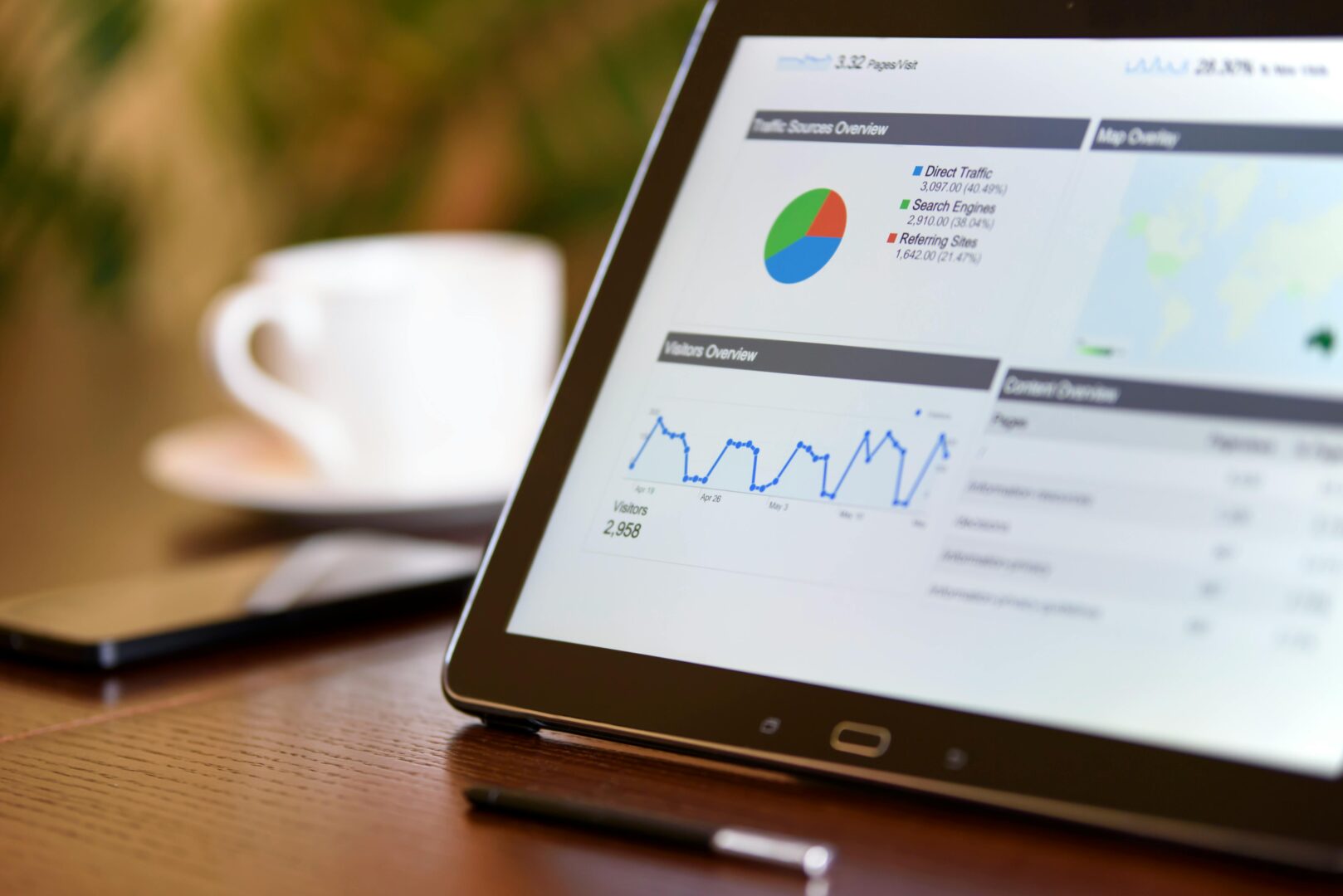Are you struggling to create a successful website for your brand? Many business owners and marketers find themselves overwhelmed by the myriad of strategies and techniques required to build an effective online presence. The key to success lies in understanding and implementing both on-page and off-page marketing strategies at the right times. In this article, we’ll walk you through the steps of building your website, using relatable examples to explain how each strategy plays a crucial role.
Balancing On-Page and Off-Page Marketing
To create a successful website, it’s crucial to balance on-page and off-page marketing strategies. On-page marketing shines during the design and content creation stages, while Off-page marketing becomes essential after the site launch and for ongoing promotion. By integrating both approaches, you can develop a robust digital marketing strategy that enhances your brand’s online presence.
What is On-Page and Off-Page Marketing?
Before diving into specifics, let’s define these terms.
On-Page Marketing involves optimizing individual web pages to improve their search engine rankings and drive organic traffic. This includes keyword research, content creation, and HTML tag optimization.
Off-Page Marketing refers to actions taken outside your own website to impact your rankings within search engine results pages (SERPs). This involves strategies like acquiring backlinks from reputable websites and engaging in social media marketing.
Step-by-Step Guide to Website Building
1. Website Design and Content Creation
On-page marketing is vital in this initial phase. Focus on:
- Keyword Research: Identify relevant keywords for your target market and customer base. Use these keywords strategically throughout your content.
- Content Creation: Develop high-quality, original content that provides value to your users. This could include detailed product descriptions, problem-solving articles, blogs, and FAQs.
- HTML Tag Optimization: Optimize title tags, meta descriptions, and header tags (H1, H2, etc.) to make your content easily understandable for search engines.
2. Site Structure and Navigation Design
On-page marketing continues to be crucial:
- Internal Linking Structure: Link related pages to help users find information easily. For example, link from product pages to related blog posts.
- User Experience (UX) Improvement: Enhance site design for ease of use and optimize page loading speeds to ensure a smooth user experience.
3. Site Launch and Initial Promotion
This is where off-page marketing takes center stage:
- Backlink Acquisition: Obtain links from reputable external sites, such as industry-leading blogs or news websites. This boosts your site’s credibility and improves search engine rankings.
- Social Media Marketing: Share new content and site updates on social media to increase engagement and encourage natural links and shares.
4. Continuous Content Updates and Optimization
Ongoing on-page marketing efforts are necessary:
- New Content Addition: Regularly add new blog posts and resources to keep your site active. This increases the crawl frequency of search engines and can improve rankings.
- Updating Existing Content: Refresh old content with the latest information and optimize it to match current search intent.
5. Ongoing External Activities
Continued off-page marketing is also essential:
- Guest Blogging: Write guest posts for other reputable websites to gain links and reach new audiences, thereby increasing brand awareness.
- Community Participation: Engage in industry-related forums and online communities. This demonstrates your expertise and increases the chances of earning natural links.
Addressing Common Objections
Some might argue that focusing solely on on-page or off-page marketing is sufficient. For instance, they might believe that high-quality content alone can drive enough traffic. While content is indeed king, it needs the support of off-page efforts to maximize its reach and impact.
Conversely, relying solely on off-page tactics like backlinking without robust on-page optimization can lead to poor user experience, resulting in high bounce rates and lower rankings. Balancing both strategies is essential to build a comprehensive and effective digital marketing plan.
Master On-Page and Off-Page Marketing Strategies!
Incorporating both on-page and off-page marketing strategies is crucial for different stages of your website’s lifecycle. On-page marketing lays a strong foundation during the design and content creation phases, while off-page marketing boosts your site’s visibility and authority post-launch. By balancing these approaches, you can develop a powerful digital marketing strategy that enhances your brand’s online presence and drives long-term success.



